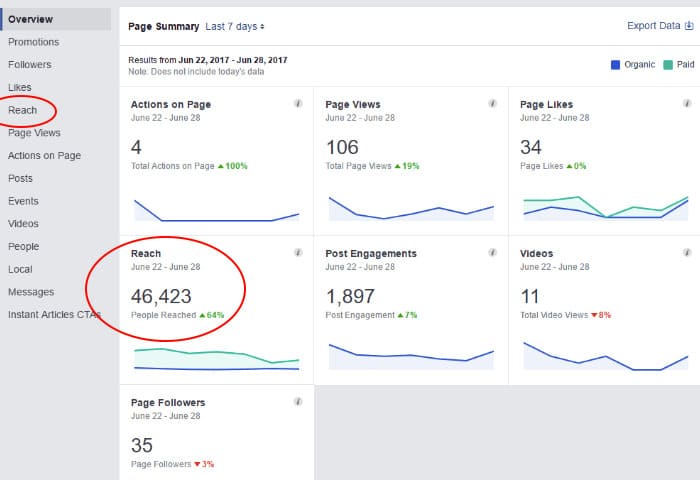Invitation for Guest Articles on MediaFiles.us
Are you passionate about media, journalism, digital trends, or communication? MediaFiles.us is inviting students to contribute guest articles on topics related to the evolving world of media. This is a great opportunity to share your insights, enhance your writing portfolio, and engage with a wider audience interested in media studies, journalism, and digital communication. You can submit an article of your choice or write on one of the following ideas.
Suggested Topics for Guest Articles
To help spark ideas, here are some suggested topics that fit the theme of MediaFiles.us:
1. The Role of AI in Journalism – How artificial intelligence is changing news reporting, fact-checking, and content creation.
2. Media Bias and Misinformation – Analyzing the impact of media bias, fake news, and fact-checking initiatives.
3. The Future of Social Media – Predictions on how platforms like TikTok, X (formerly Twitter), and Instagram will evolve.
4. The Ethics of Digital Journalism – Balancing speed, accuracy, and responsible reporting in the digital age.
5. The Influence of Podcasts on News Consumption – How podcasting is reshaping media consumption habits.
6. The Rise of Citizen Journalism – How social media enables the public to become reporters.
7. Media and Crisis Communication – The role of media during natural disasters, conflicts, and public emergencies.
8. Streaming Wars: The Battle for Viewers – Comparing platforms like Netflix, Disney+, and YouTube’s role in shaping entertainment.
9. The Impact of Social Media Algorithms – How algorithms influence public opinion, news visibility, and digital engagement.
10. The Role of Memes in Political and Social Commentary – How memes shape political narratives and social movements.
11. The Future of Print Media in a Digital World – Is traditional journalism dying, or is there still room for print publications?
12. The Power of Visual Storytelling – How images and video enhance digital media engagement.
13. How Media Affects Public Perception of War and Conflict – Examining the role of media in shaping perspectives on global crises.
14. The Psychology Behind Viral Content – What makes certain news articles, videos, or social media posts go viral?
15. Ethical Concerns in Digital Advertising and Data Collection – How targeted advertising and data mining impact consumer privacy.
Submission Guidelines
• Articles should be 500-1000 words and written in a clear, engaging style.
• Proper sourcing and citations are required for factual accuracy.
• Include a short bio (2-3 sentences) about yourself and why you chose the topic.
• Submit as an email to fisherhouse.mediafile@blogger.com.
If you’re interested in contributing, feel free to pitch your topic idea before writing! We look forward to featuring your voice on mediafile.us.
Thanks, John Fisher, editor
Hashtags: #MediaStudies #JournalismMatters #DigitalTrends #GuestWriters #ContentCreation






